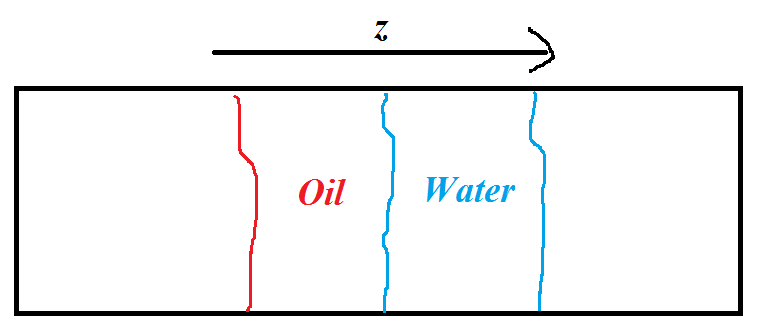Dear LAMMPS users
How does the size of simulation box affect molecular dynamics?
I'm aware of taking a minimum size of simulation box to be greater than
cut-off distance. However, does taking an excessively large box effects on
MD simulation?
Sincerely
<https://mailtrack.io/> Sent with Mailtrack
<https://chrome.google.com/webstore/detail/mailtrack-for-gmail-inbox/ndnaehgpjlnokgebbaldlmgkapkpjkkb?utm_source=gmail&utm_medium=signature&utm_campaign=signaturevirality>
It depends on a lot of stuff.
If you make your box larger but make sure all intensive properties are the same, the only difference you should see is the reduction of finite size effects, so smaller fluctuations, more accurately determined values for stuff that typically is plagued by finite size effects, etc.
The downside is that of course, larger systems will be slower to simulate.
There might be other effects, but these are the ones I could think of off the top of my head.
Hi, I would only add one additional word of caution to Stefan’s reply: generally, larger systems will not only use more compute cycles (i.e. be more expensive per time step), but also likely require longer simulations (i.e. more time steps).
For example, stationary oscillation waves with wavelengths up to the size of the unit cell all contribute to the dynamics of the simulated system. The longer the wavelength, the longer will be the time period of the oscillation wave. (Ideally, the product of the wavelength and time frequency equals to the speed of sound in the material).
Giacomo
Thanks Stefan
But I deal with a system of given number of particles, such as below

I’d like to study the interfacial behavior of water and oil while the distance between the top of water layer and oil bottom being larger than cut-off distance. I know this.
But, what if taking box z-dimension larger than enough?
Does it effects simulation results or computation speed? How?
Thanks in advance.
 Sent with Mailtrack
Sent with Mailtrack
Why do you want the simulation box to be much larger than the system you are actually simulating ? If you do not want the particles to cross out of the simulation box I think you can always use shrink boundaries in the Z direction.
That said, from the limited number of cases that I ran, I think the size of the simulation box (long as the number of particles stays the same) has minimal effect on the calculation time.
Regards,
Khalid

